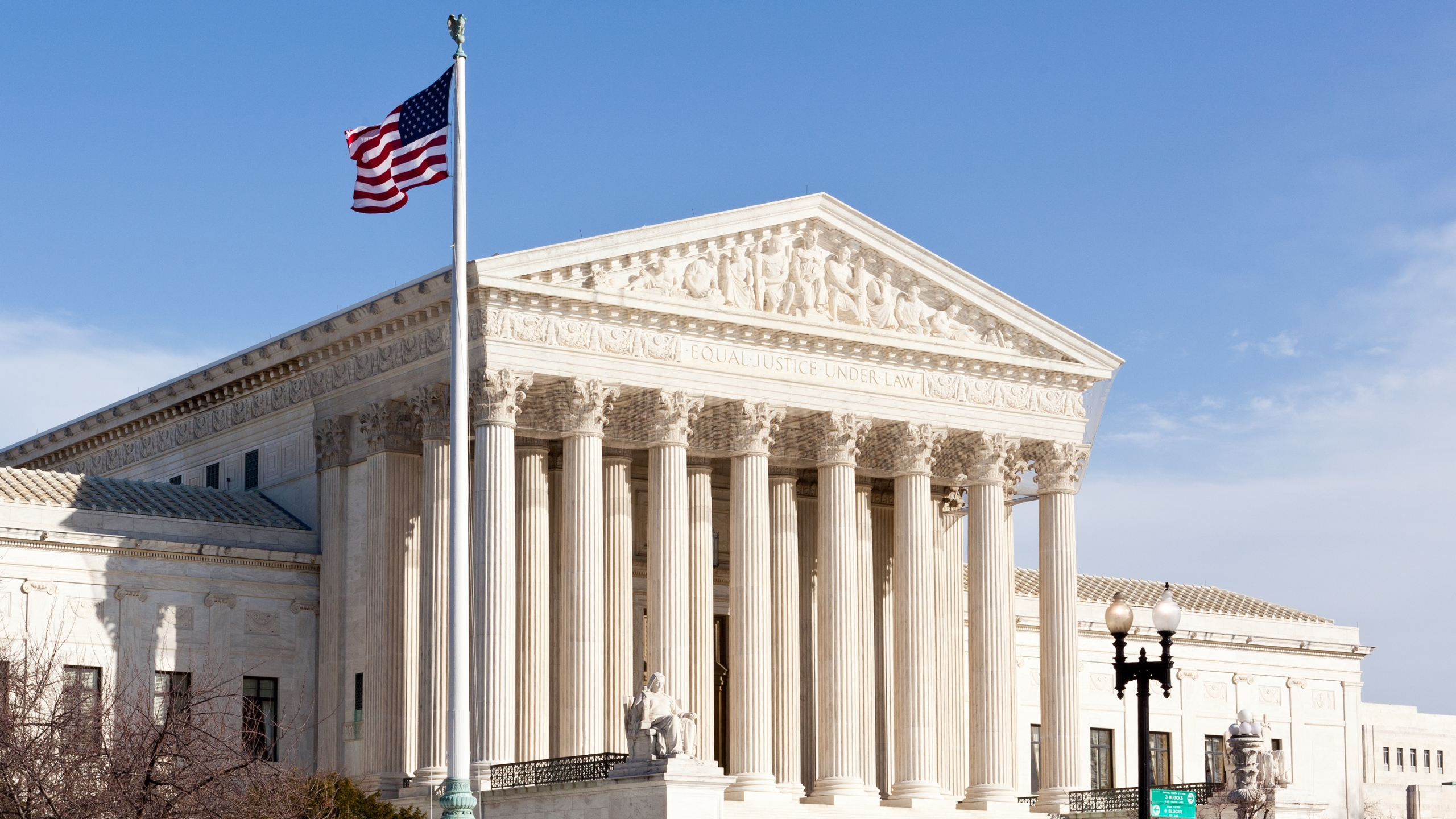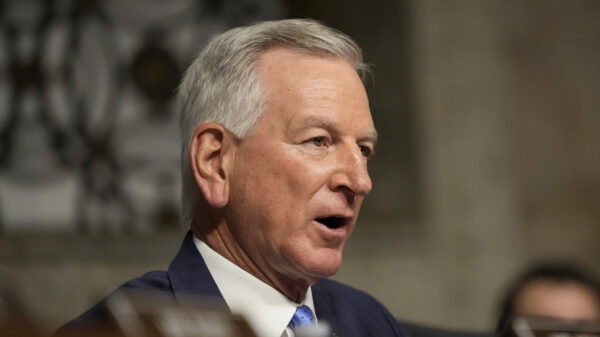As someone who spends too much time on Twitter, it’s not hard to spot the narratives that immediately develop after major breaking news. For example, following the leak of the draft opinion overturning Roe v. Wade and the Court’s subsequent erection of protective fencing around its Washington complex, many users of the noisy bird app pointed out what appears to be a hypocritical streak in the Court’s decision making.
https://twitter.com/politicalmiller/status/1522246548532436993?s=20&t=_M9Ezqvo-DpmuMzGG0wVMw
While the Court’s move to put up the barriers does smack of “free speech for me but not for thee,” that doesn’t mean the 2014 decision in McCullen v. Coakley, a case in which the Court struck down a Massachusetts law mandating a 35-foot buffer zone around abortion clinics, was wrong. In fact, under free speech case law, it was the proper outcome, one recognizing long-standing principles that have guided the evolution of First Amendment protections for unpopular and even hostile (within limits) speech.
In Coakley, Chief Justice John Roberts – in writing for a majority that included the Court’s (at the time) four liberal justices – concluded first that the state law was “content neutral,” meaning that it didn’t regulate speech based on its ideas or other perceived qualities. That’s important in First Amendment law because we don’t want the government – be it Massachusetts or Alabama or the feds or your local mayor – picking winners and losers in the speech game unless there’s a critically important benefit to society to be found in such regulation; laws criminalizing child pornography, for example, are a valid “content based” restriction on speech because we’ve rightly decided as a society that sexualizing and abusing children in an especially harmful evil.
But just because a law is content neutral that doesn’t mean the analysis ends there as the law must still be “narrowly tailored to serve a significant governmental interest,” as Roberts summarized the law in the area. For something to be “narrowly tailored” in speech regulations, it means that there’s a close fit between the government’s law and the problem it has identified – that the law, in essence, doesn’t swallow up more speech than is necessary to accomplish the government’s goals. Put a simpler way: If the government objects to a pamphleteer on the grounds of littering, the constitutionally mandated solution is not to punish the speaker but to sanction the litterers.
In Coakley, Massachusetts argued that the 35-foot buffer zone was necessary for public safety, protecting the rights of clinic access and enabling the unobstructed use of public sidewalks and roadways. Those are, undoubtedly, significant government interests, but the law still failed to pass constitutional analysis, as the Court concluded, because it posed too much of an onerous burden on protected speech. The plaintiffs in the case, as Roberts recited, were unable to pass out leaflets or engage in direct one-on-one conversations, which were some of their most preferred means of communication. “And for good reason,” Roberts wrote, because “[i]t is easier to ignore a strained voice or a waving hand than a direct greeting or an outstretched arm.”
Abortion clinics are a place where rights (as they stand now), rhetoric and religion collide in frequently unsettling and abusive ways. And the plaintiffs in Coakley were no doubt cherry picked for their peaceful practices of seeking out personal conversations in calm tones (“Good morning, may I give you my literature? Is there anything I can do for you? I’m available if you have any questions” was the stated approach of Eleanor McCullen, the lead plaintiff in the case) or simply praying the rosary. But our constitutional tradition says that we must embrace speech that may be unpleasant, while we limit government punishment to only the speech that is truly harmful. Threats to those seeking abortion care can be prosecuted as crimes. Likewise, words in a close physical proximity that can reasonably lead to violence can be punished, under the “fighting words” doctrine, as a breach of the peace. Also, protesters cannot physically block clinic access under other constitutionally acceptable criminal laws, as Roberts noted.
But to create a dead zone for speech around abortion clinics is to say that we should limit all speech simply because some speech may be bad, a proposition that strikes at the core of the First Amendment.
A 35-foot buffer preventing speech around a building is simple – a clear bright-line boundary indicating what is permissible and impermissible. Yet we must aim higher as a democracy. “A painted line on the sidewalk is easy to enforce,” Roberts wrote, noting the practice of many of the Massachusetts clinics, “but the prime objective of the First Amendment is not efficiency.”
So criticize the Court, Twitter users, for perhaps not practicing what it preaches as it erects its fences and prepares for the full bore of the public’s ire.
But heed its sermon.






















































